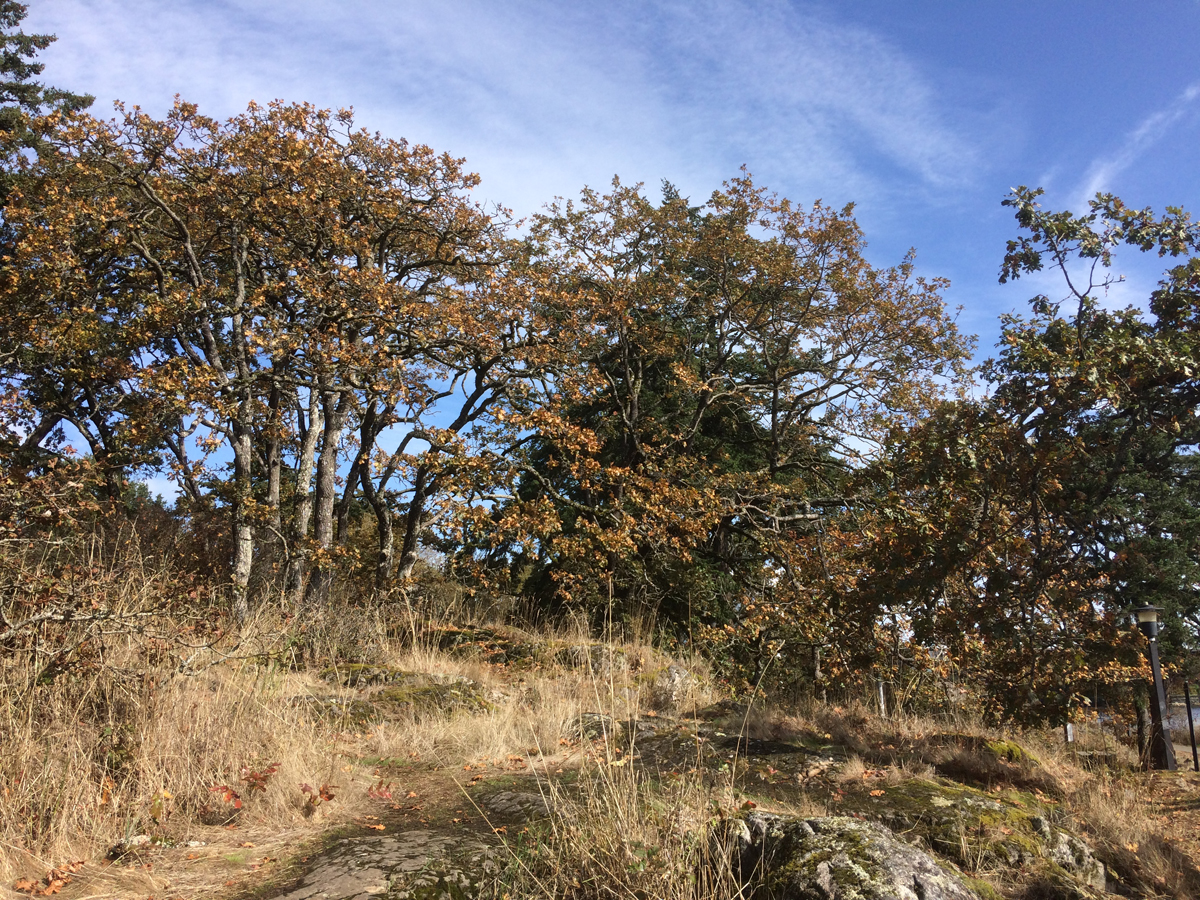About Land Trusts
Land Trusts are the primary component to private land conservation and have become one of the fastest growing tools for biodiversity conservation on private land through property acquisitions and conservation agreements (conservation easements, covenants, and servitudes). In recent years, they have become the fastest growing tool for biodiversity conservation on privately owned land (Kalynka, 2020) yet their existence and impact is scarcely recognized throughout the public. Land trusts occupy an important niche in land conservation and in particular, the conservation of habitat particularly in regions with fragmented landscapes. Smaller properties in these regions provide the opportunity to ensure corridors for wildlife that lie between the larger protected spaces and especially for those species at risk. The mandates of each land trust is specific to the requirements of the environment it protects, but the general ethos of all land trusts is to protect important natural areas or wildlife habitats with a mission to manage and steward the land in perpetuity. Land Trusts aim to protect land for generations to come.
%
of Land Trusts have secured endowment funds
regional and community Land Trusts across Canada
Total number of volunteers board members and staff
The first land trust in Canada was established in Hamilton Ontario in 1919 as the Hamilton Naturalist Club. Since then, land trusts began slowly popping up around Canada and in the 1990s they started coming together to form alliances. These larger organizational bodies amplify the strength and resources of their member land trusts under a unified voice. By 1997, three alliances were established in British Columbia, Ontario and Quebec respectively, all of whom continue to this day. Land trusts range in size from small volunteer grassroots-based community organizations with modest budgets to provincial land trusts (Nova Scotia Nature Trust) to national land trusts (Nature Conservancy of Canada). In Canada, land trusts grew from approximately 60 in 1998 to over 148 in 2020 covering most of the habited Canada. As of 2021, they permanently protected near one (1) million acres of land.

Land trusts in Canada:
- Provide significant nature-based climate solutions through protection and restoration of carbon-rich habitats.
- Establish a network of protected spaces with corridors that protect critical habitat for species at risk and broader biodiversity.
- Contribute to the national goals of conserving 30% of land by 2030.
- Likely grow and gain greater economic importance particularly by contributing to ecological goods and services that would otherwise require infrastructure development.
